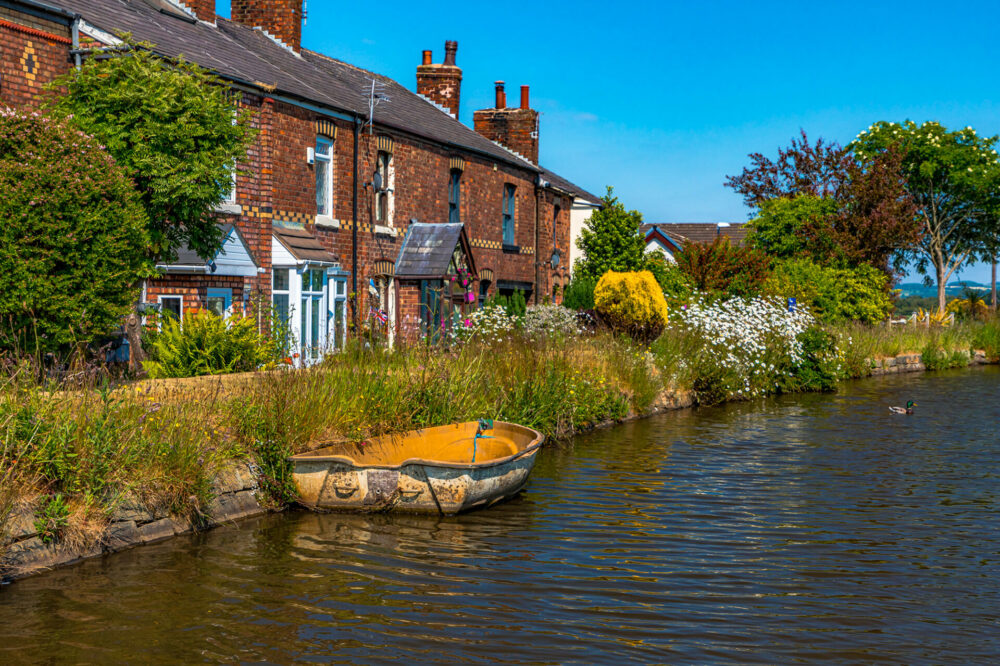Hiring a canal boat for a relaxing cruise through the countryside is a truly unique experience. But while most of your trip will be spent soaking up the scenery, there’s one thing that deserves a little attention every day: the engine.
Don’t worry—you’re not expected to be a mechanic. But basic engine checks are usually part of the hirer’s responsibility, and doing them regularly helps avoid breakdowns and keeps your trip running smoothly.
Here’s what you need to know about basic engine maintenance on a canal boat hire.
1. Daily Engine Checks – Yes, Every Morning
Most hire companies will ask you to do a quick daily engine check, usually first thing in the morning before setting off. This helps spot minor issues before they become big problems. A typical daily check includes:
✅ Check the Engine Oil Level
- Use the dipstick, just like in a car.
- The hire base will show you where it is.
- Wipe it, dip it again, and check the level is between the markers.
✅ Check the Coolant Level
- Look at the coolant reservoir tank (usually marked).
- The level should be between the min and max lines.
- Do not open the radiator cap if the engine is hot.
✅ Check for Leaks or Pooled Water
- Look in the engine bay for signs of fuel, oil, or water leaks.
- Report anything unusual to the hire base.
2. Listen and Observe While Cruising
As you travel, keep an eye (and ear) on the engine.
- Does it sound normal?
- Is it overheating?
- Is there smoke or a burning smell?
If the engine suddenly sounds louder, rougher, or develops new vibrations, it’s better to stop and call the hire company than push on.
3. Keep the Ventilation Clear
Engines need good airflow to stay cool and run efficiently.
- Don’t block engine vents with luggage or wet clothes.
- Avoid letting leaves, plastic bags, or debris build up around engine vents or covers.
4. Watch the Battery Levels
On most hire boats, the engine charges the batteries while you cruise.
- Try to cruise for at least 4–5 hours per day to keep batteries topped up.
- Avoid overusing electrical appliances when moored overnight (especially kettles or heaters).
Some boats have battery monitors, while others just rely on keeping up cruising hours.
5. Know What to Do in a Breakdown
Despite your best efforts, things can go wrong—and that’s okay.
- Stop the boat safely and turn off the engine.
- Call the hire base—they’ll have a support number available 7 days a week.
- Don’t try to fix anything complicated yourself. That’s what the engineers are for.
6. Keep the Weed Hatch Clear (When Told to)
If you get something tangled around the propeller (like rope or plastic), the boat may lose power or steering.
- Turn off the engine and remove the key before touching the weed hatch.
- Only open it if you’ve been shown how and feel confident.
- Always call the base if you’re unsure—they’d rather help you than see you stuck.
7. Refueling and Water Top-Ups
- Most hire boats come fully fuelled for your trip.
- Water tanks need topping up every couple of days at canalside water points.
- If your trip is over a week, ask if you’ll need to stop for fuel mid-journey.
Final Thoughts
You don’t need technical skills to keep your canal boat engine happy—just a few simple checks and a bit of care each day. Think of it like brushing your teeth: a small daily habit that keeps everything running smoothly.
If you ever feel unsure, the hire company is just a phone call away. They’d much prefer to help early than fix something later.


